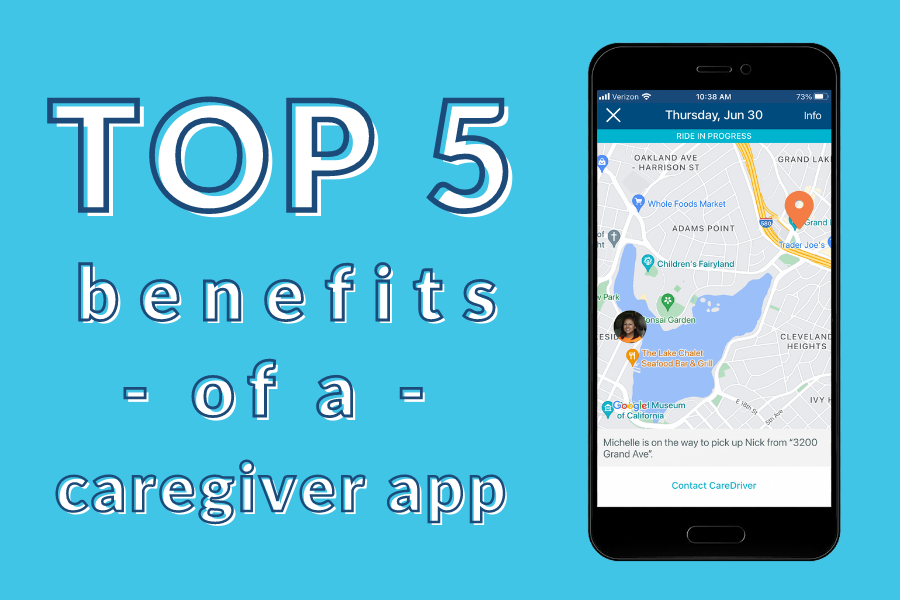The 5 biggest pain points in student transportation today
When HopSkipDrive conducted its annual State of School Transportation survey, we surveyed transportation professionals about their pupil transportation pain points. Respondents had a variety of understandable concerns about getting kids to and from school as in-person learning resumes. In this article, we’ll dive into the top five student transportational challenges in 2021, from the ongoing COVID-19 pandemic to the severe bus driver shortage.
COVID-19 concerns
Pupil transportation has always been challenging, but the COVID-19 pandemic has further complicated getting students to and from school. Transportation professionals have a wide variety of valid concerns regarding COVID-19, including worried bus drivers and anxious parents. In fact, 72% of survey respondents named coronavirus concerns a major pain point.
Many bus drivers and other transportation providers are concerned about exposure to COVID-19. The average bus driver is 56 years old, which means that many bus drivers are even older. Older people are at higher risk of developing serious complications from the coronavirus.
“We’ve already lost one driver over concerns about COVID,” said one transportation executive. “Most of our drivers are retirement age.”
Another director of transportation agreed.
“Due to COVID, we will continue to see a reduction in retirees applying to drive school buses. And school bus drivers are the backbone of our transportation operations.”
Second, some survey respondents believe that parents won’t send their children back to school until they’re satisfied with the transportation plan.
“Carpool is going to be really complicated. I’m not sure people will come to school until we can sort out safe transportation,” said another anonymous executive.
School transportation staffing issues
Before the COVID-19 pandemic began, transportation professionals’ chief concern was a severe bus driver shortage. According to our survey, the pandemic has only worsened the worry—and the shortage.
78% of survey respondents feel constrained by the bus driver shortage. 81% believe COVID-19 has exacerbated the shortage.
“Driver shortages are a reality every school year,” said a school transportation staff member. “The added constraints due to COVID have increased this reality exponentially.”
There are many factors worsening the bus driver shortage. Recruiting, training, and retaining bus drivers is challenging. Plus, a school bus driver’s day is rather short.
“It’s hard to find individuals that would like to drive a school bus. Only being able to offer a contract for five hours a day is a major factor,” said one director of transportation.
Transportation funding constraints
Transportation officials are also concerned about how funding restraints will affect school transportation in 2021. In fact, 57% of respondents listed budget concerns as a major pain point.
“COVID has been devastating for school transportation,” said one transportation executive. “The limits placed on bus companies create a money-losing proposition.”
Of course, this executive is talking about CDC guidelines for pupil transportation—our fourth pain point.
School bus utilization
The CDC has issued very clear social distancing and masking guidelines to promote student and driver safety during bus rides to and from school. These guidelines promote a safer environment for all, which is absolutely essential. But the new regulations also significantly reduce rider capacity on each bus, putting more strain on an already vulnerable operation.
“We will need three to four times the resources to get the same number of students to school,” said one director of transportation.”
But those resources are hard to come by. Due to the bus driver shortage, some school districts cannot staff all the school buses they need on the road.
“Without bus drivers, contracted services must be used,” said one respondent.
Planning transportation for each student
Finally, respondents voiced concerns about planning transportation for each and every one of their students. Many students get to school on a school bus, or via carpool. But the pandemic has changed that.
“Even after COVID, I believe many parents will drive their children to school,” said one director of transportation. “I think this trend could stick around for years.”
Of course, parent transportation isn’t a realistic option for many pupils. To achieve educational equity, all students need safe, reliable transportation to school. For some students, that’s a school bus. For others, it’s carpool. For others, including children in some of the country’s most vulnerable groups, a private car is necessary.
Students experiencing homelessness, foster youth, and children with special needs all may require alternative transportation to school. Some respondents believe COVID-19 will increase this need.
“We believe, due to COVID-19, our homeless population will significantly increase. We will have a bigger need for alternative transportation solutions.”
While school transportation professionals are certainly experiencing frustrations, 2020 has had a silver lining.
“COVID-19 has afforded many transportation professionals the opportunity to collaborate more than in normal times,” said one director of transportation. “This is really key in this field. We really don’t do our jobs without the support of others.”


